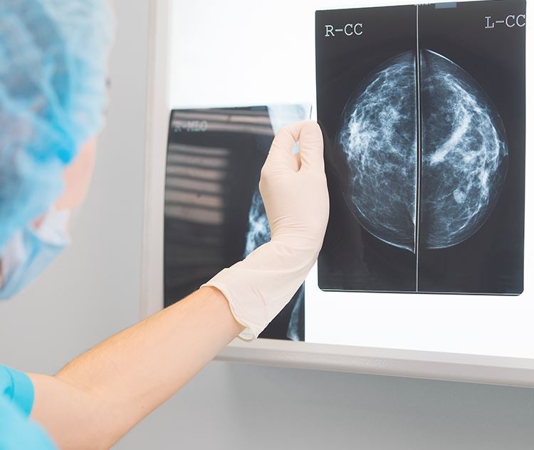Neuroscientists have long understood that damage to specific areas of the brain can produce specific neuropsychiatric outcomes. Studies have shown that damage to the cortico-striato-thalamo-cortical (CSTC) circuit, a neural pathway between several important brain regions that regulate movement and other key functions, can cause abnormal repetitive behaviors in both animals and humans. These can include tics (uncontrollable repetitive movements, such as blinking, characteristic of Tourette syndrome) and compulsions (strong urges to engage in certain repetitive behaviors characteristic of obsessive-compulsive disorder; OCD).
Evidence suggests that up to 1 in 3 people with severe brain injuries, many of whom sustained damage to the CSTC circuit, may experience movement disorders. However, to date no studies have specifically investigated the relationship between damage to CSTC circuit and consequent OCD or Tourette symptoms.
To address this gap, a team of researchers studied CSTC circuit damage, compulsive behaviors, and tics in 83 Vietnam War veterans who sustained penetrating injuries to various regions of the brain. They used adapted versions of the Yale-Brown Obsessive Compulsive Scale Symptom Checklist (Y-BOCS) to assess OCD symptoms and the Yale Global Tic Severity Scale (YGTSS) to assess tics. The participants also underwent brain imaging to ascertain damage to CSTC circuits. Their results were compared to 36 healthy controls who had not sustained any TBI.
Participants who showed reduced brain volume in the left dorsolateral prefrontal cortex (part of the CSTC circuit that helps regulate motor function and planning) were more likely to develop compulsive behaviors, while those who showed reduced brain volume in the basal ganglia (part of the CSTC circuit that helps control voluntary movement) were more likely to develop tics.
The researchers concluded that damage to specific elements of the CSTC circuit is associated with different motor outcomes in people with severe TBI. Importantly, these findings offer potential CSTC-targeted treatment and intervention options for TBI patients experiencing movement disorders in the months or years following injury. These results are an exciting contribution to the rapidly expanding field of neurocircuitry science, an area of study that continues to improve outcomes not only among TBI patients, but any person experiencing abnormal neurological or psychiatric symptoms.
Fremont R, Dworkin J, Manoochehri M, et al. Damage to the dorsolateral prefrontal cortex is associated with repetitive compulsive behaviors in patients with penetrating brain injury. BMJ Neurology Open. (March 2022).

